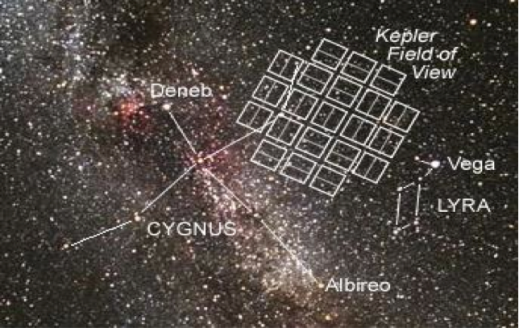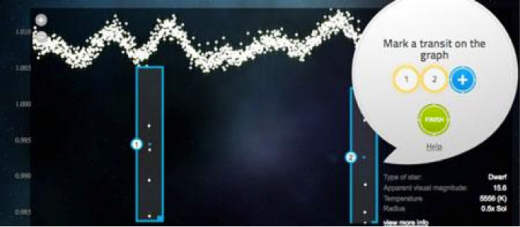by Terry Melo
Differences are all around us. Within those obvious differences are even greater differences that highlight the distinction. For example, an urban setting, like our very own Chicago, is a place filled with variety. A city is filled with students, families, and workers. Although different from one another in shape and sizes, they each hold the same goal: to be able to strive in a big city by discovering beneficial opportunities. Each of them reaches this goal in different ways. A high school student dedicates him or herself to four years of continuous hard work to one day get a scholarship, while a worker dedicates him or herself to years of efficiency to one day gain a higher job position. Like the urban setting example, Zooniverse projects are different from one another in name and subject, but I discovered some projects are related to the same goal: unraveling the origins of our solar system.
When researching for my recent Asteroid Zoo blog posts, I noticed similarities between two zooniverse projects called Asteroid Zoo and Disk Detective. In Asteroid Zoo, we looked for asteroids in the night sky from pictures taken by the Catalina Sky Survey. In Disk Detective, we looked for the origins of our solar system by searching for one of two disk types: young stellar objects (YSO) or debris disks. Debris disks are disks of remains from the planet formation process. Asteroids are also remnants of early forming planets. Therefore, debris disks are very similar to asteroid belts but only around other stars. In Asteroid Zoo, users search for individual asteroids, while in DIsk Detective, users search for a collection of asteroids. These disks are important because they indicate that solar systems have formed and the leftover debris is now forming a surrounding disk. Asteroids reveal the components of the early forming solar system. Disk Detective and Asteroid Zoo, although searching for different objects in pictures, want to contribute their own answers to finding the origins of our solar system. What other Zooniverse projects have the same or related goals?
Note: On the left is a figure of the asteroid belt in our solar system. On the right is a picture of an identified debris disk from Disk Detective called Fomalhaut taken by the Hubble Space Telescope. Both the asteroid belt and debris disk take on the same circular shape. The two pictures also detail the similar distribution of material inside of them: asteroids grouped together but still leaving space in between them.
From research to personal interviews, I also discovered the role that Zooniverse projects Planet Hunters and The Milky Way Project play in finding the origin of solar systems. Like the city residents mentioned before, these two projects move toward this goal in different ways. Planet Hunters searches for planets based on the change in light received from a star. Planet Hunters contributes the discovery of the most popular parts of a solar system: planets. Other planet systems help us understand our own because they can offer information about the formation and aging process about their own systems, which can possibly be translated to our solar system.
One of the The Milky Way Project’s goals, as said by Dr. Grace Wolf-Chase, one of the scientists on the project team who I got a chance to speak with, is to find “bubbles”. Bubbles are made from young, hot stars. They indicate a space where stars, like our sun, can still be forming. So each classification in The Milky Way Project helps the science team map out an area of star formation. As stars form so do planetary systems. Because star formation happens at the same time as solar system formation, The Milky Way Project also relates to finding the origins of solar systems.
A deeper look into Asteroid Zoo, Disk Detective, Planet Hunters, and The Milky Way Project reveals a connection to the significant goal of finding the origins of our solar system. Within these few Zooniverse projects exist unknown objects and observations ready to sprout. The Zooniverse team helps these ideas come alive by connecting what we already know to what we don’t know. Science communication and education and even research moves forward by using what we already know and building off of it. Each project has its own, unique goal, but the goal for all Zooniverse projects is to help scientists sort their data based on the observations made by users. Come be apart of Zooniverse so you can join in on the fun!
![]()
The Zooniverse logo and goal .



